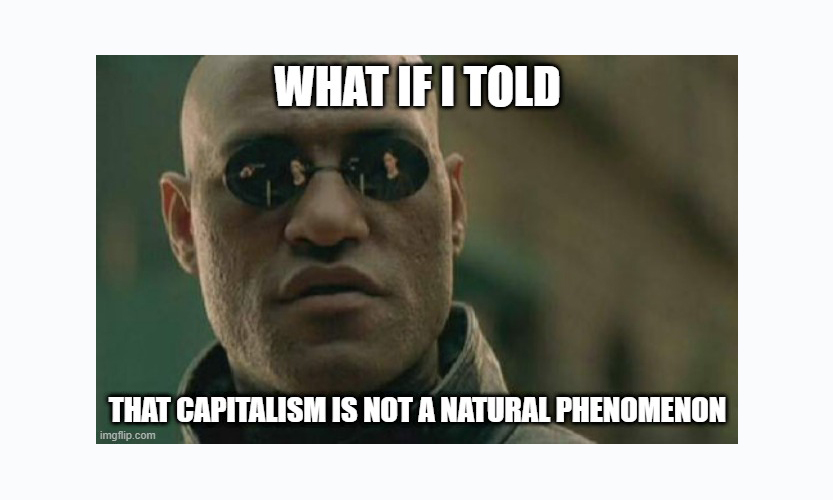
Meme Taxonomy: Coping in a Consumer Paradigm
Richard Dawkins first coined the term “memes” in his book The Selfish Gene in 1976. There, Dawkins presents the idea that memes —similar to germs or viruses— are living structures residing in the brain that can be passed from one to another like a contagion. It’s from here we get the idea that when something catches on it becomes “viral”. As Dawkins says:
Examples of memes are tunes, ideas, catch-phrases, clothes fashions, ways of making pots or of building arches. Just as genes propagate themselves in the gene pool by leaping from body to body via sperm or eggs, so memes propagate themselves in the meme pool by leaping from brain to brain via a process which, in the broad sense, can be called imitation.
The concept of imitation behind memes stems from the Greek word mimesis, referring to forms of representation or imitation in art and literature. Classical philosophers like Plato and Aristotle used mimesis to describe artistic forms that imitated what they saw as true reality. This reality was thought to exist in a world of ideas, a higher realm of pure forms that our common reality is a mere shadow of. A well-known description of this is found in Plato’s Allegory of the Cave, where people are chained in front of a wall and forced to view reality as a shadowy theater projected on it by actors behind them. The true reality, it is told, exists outside the cave in the light of the sun.
In a broad sense, one might say religion appears when mysterious forces seen behind the organization of reality become matched with awareness or intuition of their causality. In older times, this role was filled by nature, as we humans saw the forces and elements of nature corresponding to deities, spirits, and gods.
In ancient Greece, for example, Zeus corresponds to thunder, lightning, and the sky. Aphrodite corresponded to qualities of love and beauty. Demeter corresponds to the earth, grain, and harvest. Furthermore, the planets themselves were seen as connected to the gods, with nature viewed as a cosmology surrounding all aspects of life: the physical, the communal, and the spiritual.
Through participating in the patterns and forces of nature, humans became involved with nature’s mysteries. The cycles of the harvest, solstices, and equinoxes held spiritual meaning, with celebrations and rituals dedicated to them in ancient times. It was when life became more focused on acquiring and exploiting natural resources, that nature’s role seemed to gradually diminish.
In modern societies like in the West, it could be said that the role once held by nature has been replaced with forces that are political or commercial. Today, instead of deities, we have companies, politicians, brands, and celebrities. The forces these new gods represent are those of physical sustenance, financial blessing, personal security, and public influence. Instead of seasons that direct our agricultural work, our cycles are billing cycles, pay schedules, release dates of new consumer products, and estimated shipping times. Instead of the sky, the stars, and the land, we have the internet, Netflix, and UPS tracking. Rather than mysteries of nature, we have mysteries surrounding economic success and tragedy.
In this consumer cosmos, the iconography of memes enters.
Memes today take many forms. Generally speaking, they could be classified as public communications occurring within established, open communities online. Principally they can be seen as vehicles of social bonding. Other times, they offer criticism of false beliefs. Often, they work through humor. Yet, like the statues, images, and icons of the ancient world, overall, memes reflect the forces, follies, and agencies governing our present-day existence. Instead of the natural cosmos, however, their iconography applies to our existence in the consumer cosmos.
Taken in this manner, memes could be divided into five basic classes and three expressive variables.
Classes:
philosophical
affirmative
critical
character/psyche
the underworld
Variables:
humor
snark
sentiment
Philosophical
The philosophical meme is one that attempts to present a philosophical tautology. This type of meme often presents an idiom or aphorism that is meant to represent a grand truth, whilst sometimes also attempting to create an accurate perception of reality by dispelling falsehoods and mistruths about reality.
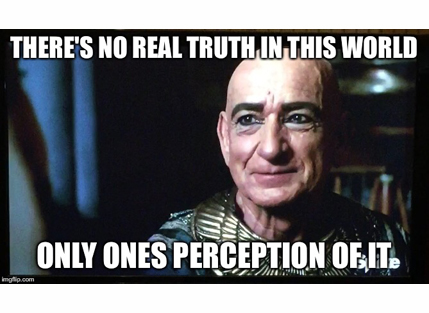


Within the consumer cosmos, the philosophic meme aims at determining the highest level of reality, where it is assumed that the most accurate perceptions might increase one’s personal viability.
Affirmative
The affirmative meme is often used to present an image or mood of contentment and empowerment. Memes in this category often contain inspirational quotes. Sometimes they appear in the form of a declaration.

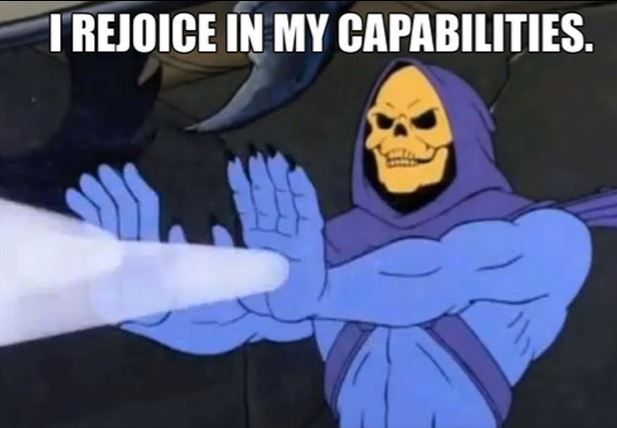

The affirmative meme is one of self-reflection, helping one to cope with the conditions and effects of the consumer cosmos and encouraging positive advancement.
Critical
The critical meme is a moral and ethical meme. That is, it often attempts to identify and correct behaviors or public issues, while sometimes projecting a sense of personal righteousness. It can often be used to convey a sense of one’s superior knowledge of a subject, and it often has a rallying effect of consolidating support from others who agree.
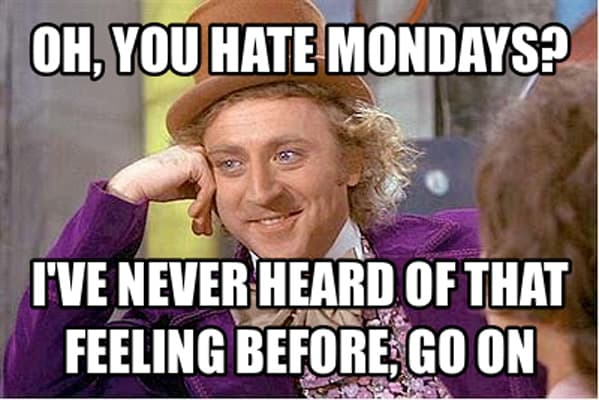

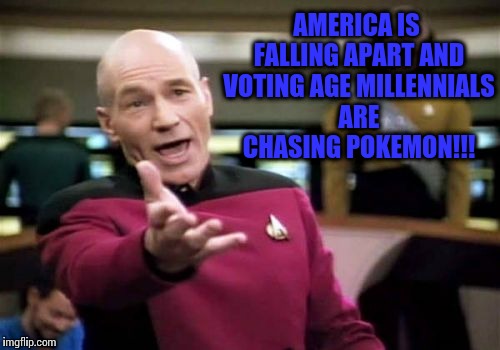
The critical meme attempts to establish the correct personal and social mores of life in the consumer cosmos.
Character/psyche
The character/psyche meme can take many forms. It often describes certain attitudes and behaviors corresponding to a current state of activity or being (i.e. mood). Sometimes, it presents a character or a figure that represents a personal narrative or quality one wants to emulate and project.
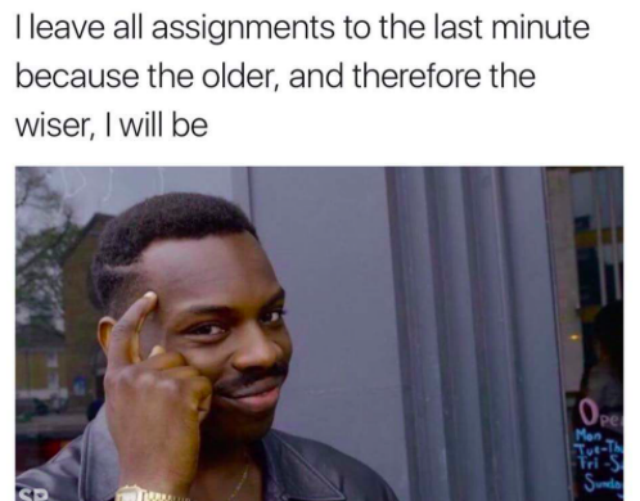
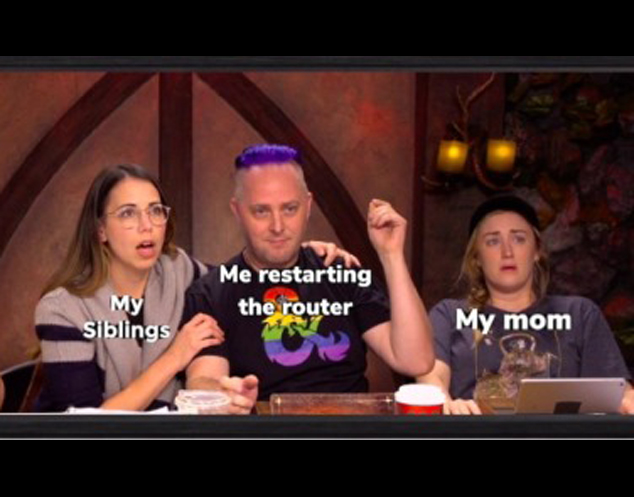
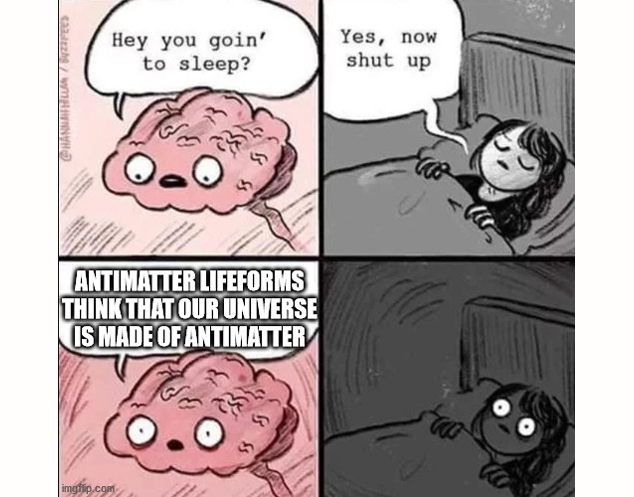
Generally speaking, the character/psyche meme identifies existential concerns of life within the consumer cosmos.
The Underworld
The underworld is the realm of the abominable meme. Memes that dwell here include the shit-pic and the dank meme. Such memes often seek everything in excess or undermine the entire realm of the consumer cosmos by getting everything wrong. Here is also where memes get recycled and become fodder for new memes.
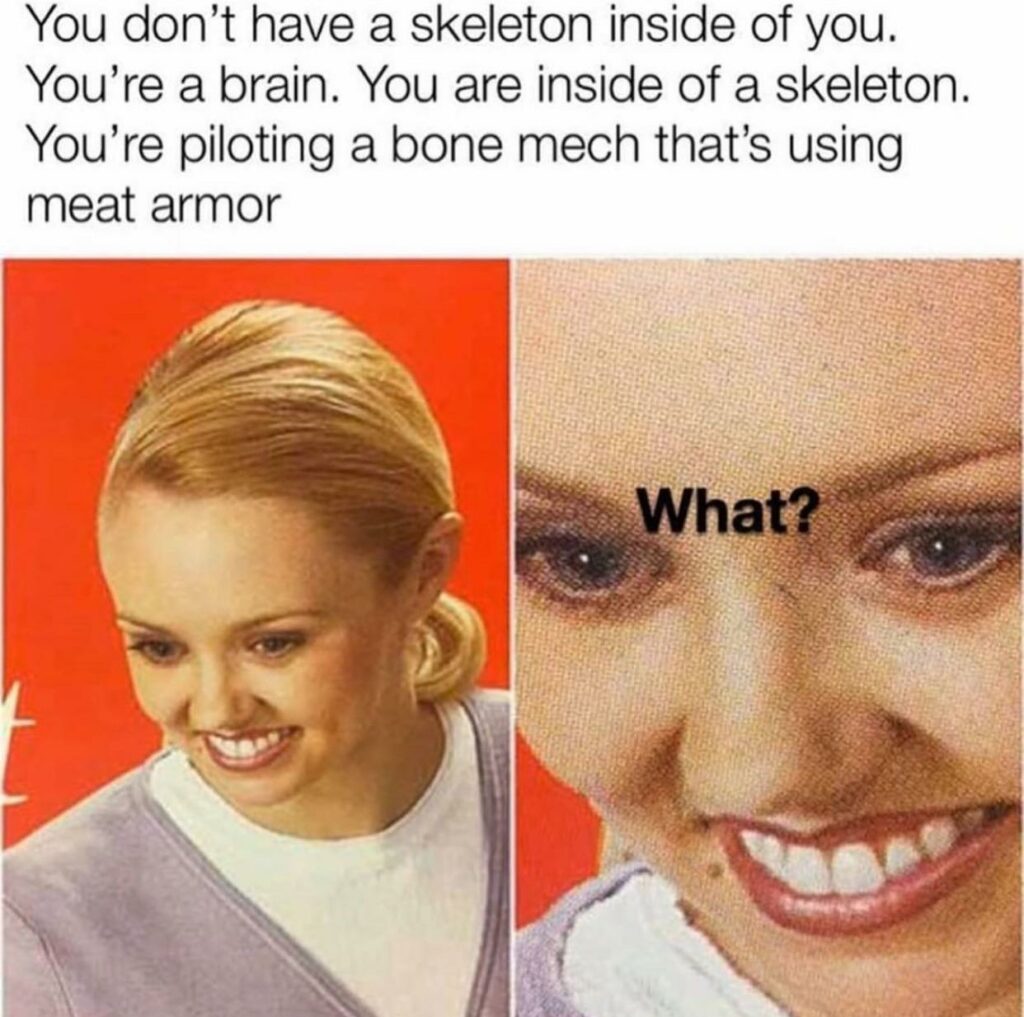

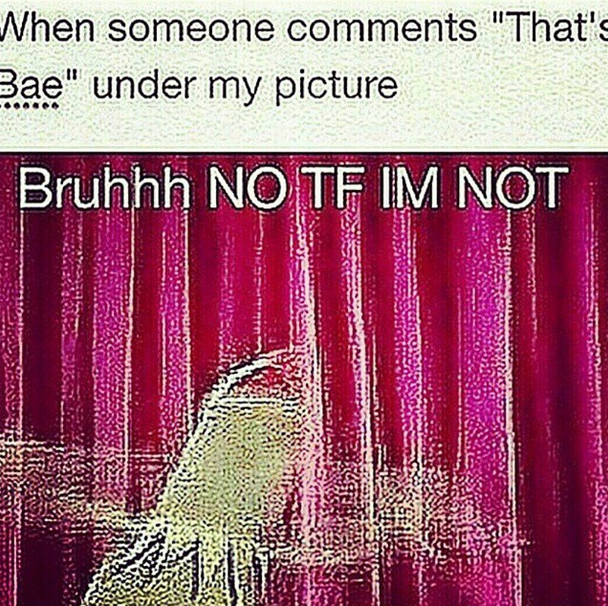
The underworld is a place where sequestered or clandestine communities communicate; a place where myths of the deep or dark web emerge.
Variables
Variables are used to determine the emotional tone of the meme. They can be used in combination or stand alone. The humorous variable, for example, often makes light of the circumstances designated by the meme. Yet, quite often, humor can be used as a vehicle to get at the philosophical, critical, or existential message of the meme. Because humor often intends to “break the ice”, humorous memes are generally seen to be socially inclusive. If combined with the snark variable, however, it can lead to separation into various “tribes” or “camps”.
If the humorous variable can be considered socially inclusive, the snark variable, on the other hand, is thus socially-exclusive. Since snark assumes an attitude of self-superiority, it establishes a perception of “me vs. you” or “us vs. them”. The snark variable is often attached to the critical meme, but can also appear subtly in others like the philosophical. It can run amok in the underworld.
The sentimental variable generally establishes a feeling of attachment to something one wants to gravitate towards. It’s often connected to the affirmative, existential, or character memes; where it conveys support for a reality founded in memory. Sometimes, it can be combined with snark in a critical meme, becoming an inquiry/statement against “what’s wrong with the world today?”, proposing that a better time exists somewhere imagined in the past.
Overall, it could be said that memes indicate states that are either upward-aspiring (towards truth) or downward-aspiring (towards the underworld) in the spectrum of our consumer cosmos.
Since the goal of philosophical and affirmative memes ultimately supports particular values and virtues, these generally can be considered as upwardly aspiring (barring the presence of snark).
For existential and critical memes, which often attempt to point out moral or ethical concerns, these can be either upward or downward aspiring— depending on whether they are inclusive or exclusive.
For the character/psyche meme, since it reflects the psychological realities of existing in this world, and since psychology can lead to either virtuous or infernal forces, they can also be upward or downward aspiring depending on these qualities.
What makes memes so appealing often involves the nature of using figures who represent characters or forces (celebrities, characters, moods) in a reflexive, hypothetic, or hyperbolic manner; i.e. Kermit drinking the tea represents “me” in a state of casual detachment. Or, Morpheus from The Matrix waxing tautologies about reality reflects “me” in a state of higher realization.
Given that the reality of the meme seems inseparable from the online world, one imagines what world might emerge if a focus back on the natural world were to emerge. Perhaps technology would again appear to us as a tool like it did before it came to define a new mode of existence in this commercial cosmos. Yet, also, it could indicate new ways of how to deal with the natural world on a larger scale; through an awareness of how inseparable from life nature actually is.
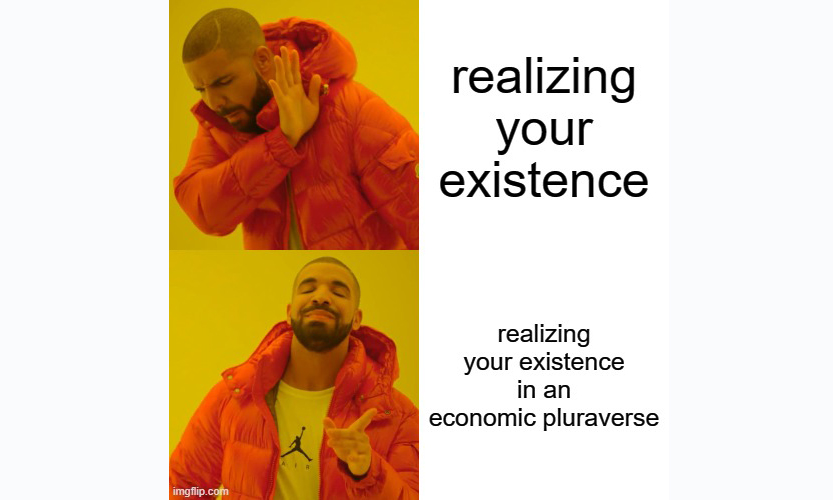
—Ian Pedigo

